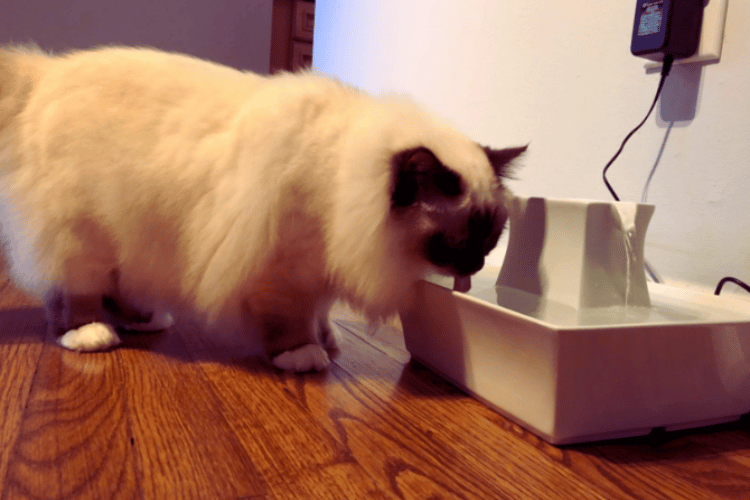Pet owners want to provide the best for their furry friends, including clean drinking water. That's why many have turned to ceramic cat fountains, which not only keep water circulating but also add a touch of style to their homes.
However, one question that often arises about these fountains is whether they get slimy over time. In this blog post, we'll explore the factors that contribute to this issue, bust some myths, and provide tips on how to prevent and solve it.
Firstly, let's discuss what causes slime to build up in ceramic cat fountains. The main culprit is usually microorganisms such as bacteria and algae that thrive in moist environments.
These organisms can feed on organic matter, such as leftover cat food and debris, that accumulates in the fountain. This creates a perfect breeding ground for the slime to grow and can cause foul odors. Additionally, a fountain that is not cleaned regularly allows the slimy buildup to worsen quickly.
Many factors can affect the buildup of slime in your cat fountain. One is the frequency of water changes. If you don't change the water enough, organic waste can build up, creating an environment conducive to the growth of microorganisms.
Experts recommend changing the water every other day or at least twice a week, depending on how many cats use the fountain. Another factor is the quality of your cat's food. Feeding your cat high-quality, grain-free food can help reduce the contaminants in their waste and reduce the probability of buildup.
Another issue that can contribute to the buildup of slime in cat fountains is the type of water used. Tap water often contains chemicals, such as chlorine and fluoride, that can harm your cat's health and promote the growth of microorganisms.
We recommend using filtered or distilled water in your fountain, as they can help reduce the number of contaminants in the water that contribute to the buildup.

To prevent slimy buildup in your ceramic cat fountain, regular cleaning is a must. The frequency of cleaning depends on usage, but most experts agree to clean the fountain at least once a week. Scrub the ceramic bowl with a soft brush and mild soap, rinse thoroughly and toss any remaining water.
If you're a cat owner, a clean water supply is essential for the health and well-being of your furry friend. Regular cleaning and maintenance of their water fountain should be part of your pet care routine.
We hope this post helped answer the question, "do ceramic cat fountains get slimy?" While buildup is natural, there are numerous ways to prevent it and keep your cat's water clean. Keep in mind that prevention is key, and monitoring your fountain regularly can often prevent the buildup of slime before becoming a more significant issue.
Always remember to prioritize your cat's health, and invest in a high-quality cat fountain that meets their needs. Happy pampering!
Thank you for visiting LegitLists we hope this helps you make a legitimate choice!
Our goal is to provide you with the information you need to make legitimate choices. If you buy something through our links, we may earn a commission.






